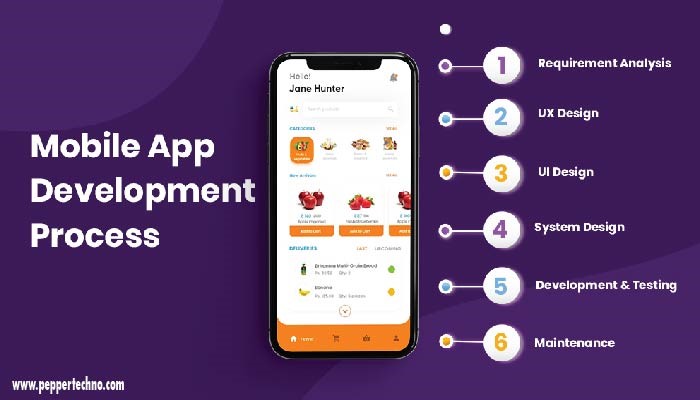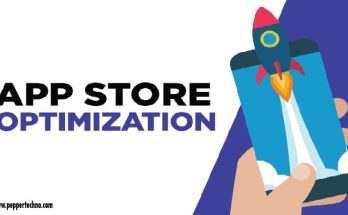The Fundamentals of Mobile App Development
In the contemporary digital landscape, mobile applications have become integral to our daily lives. From social networking to productivity tools, the demand for innovative mobile apps continues to soar. This article delves into the fundamentals of mobile app development, exploring its key components, processes, and best practices.

Understanding Mobile Platforms
Understanding mobile platforms is essential for any developer embarking on app development. In the modern digital realm, two primary platforms dominate: iOS and Android. Each platform boasts its unique ecosystem, comprising development tools, guidelines, and user demographics. iOS, developed by Apple, is renowned for its sleek design, strict quality control, and affluent user base. On the other hand, Android, backed by Google, offers unparalleled customization, wider device compatibility, and a larger global market share.
Deciding which platform(s) to target depends on factors such as target audience preferences, project requirements, and market trends. While iOS typically attracts users in developed markets with higher disposable incomes, Android enjoys widespread adoption in emerging markets and among budget-conscious consumers. Ultimately, developers must carefully weigh the pros and cons of each platform to make informed decisions regarding development strategies, resource allocation, and market penetration. By understanding the nuances of iOS and Android platforms, developers can effectively tailor their apps to meet user expectations and achieve success in the competitive app market.
Setting Up Development Environment
Setting up a robust development environment is the first step towards building successful mobile apps. This involves installing Integrated Development Environments (IDEs) such as Xcode for iOS development and Android Studio for Android development. Additionally, configuring emulators or connecting physical devices for testing is essential.
Basics of Programming Languages
Mobile app development relies on programming languages like Swift or Objective-C for iOS and Java or Kotlin for Android. Understanding the syntax, data structures, and programming paradigms of these languages is fundamental for building functional and efficient mobile applications.
User Interface (UI) Design Principles
A visually appealing and intuitive user interface is critical for engaging users. UI design principles such as consistency, simplicity, and responsiveness play a vital role in enhancing the user experience. Utilizing design tools like Sketch or Adobe XD, developers can create mockups and prototypes to visualize app layouts and interactions.
Implementing Core Functionality
The core functionality of a mobile app defines its purpose and utility. Whether it’s e-commerce transactions, social media interactions, or navigation services, developers must implement features that align with user needs and expectations. Utilizing APIs and frameworks, developers can integrate functionalities like GPS, camera, and push notifications seamlessly.
Database Management
Efficient data management is crucial for storing and retrieving user information within mobile applications. Utilizing database technologies like SQLite or Realm, developers can design and implement robust data structures, ensuring data integrity, security, and performance.
Testing and Debugging
Thorough testing is essential to identify and rectify bugs and performance issues in mobile apps. Developers employ various testing methodologies, including unit testing, integration testing, and user acceptance testing, to ensure app reliability and functionality across different devices and operating systems.
Performance Optimization
Optimizing app performance is imperative to deliver a seamless user experience. Techniques such as code optimization, image compression, and caching help minimize app size, reduce loading times, and conserve device resources, ultimately enhancing app responsiveness and usability.
Deployment and Distribution
Once the app development is complete, it’s time to deploy and distribute the app to end-users. Developers leverage platform-specific distribution channels like the Apple App Store and Google Play Store to publish their apps. Adhering to platform guidelines and regulations is essential to ensure successful app submission and approval.
Post-Deployment Maintenance
The journey doesn’t end with app deployment; it’s crucial to provide ongoing maintenance and support to address user feedback, fix bugs, and introduce new features. Regular updates and optimizations help keep the app relevant, secure, and competitive in the ever-evolving mobile landscape.
Conclusion
Mastering the fundamentals of mobile app development is essential for building successful and impactful mobile applications. By understanding the intricacies of mobile platforms, programming languages, UI design principles, and development processes, developers can create innovative apps that resonate with users and drive business growth in today’s mobile-first world.



